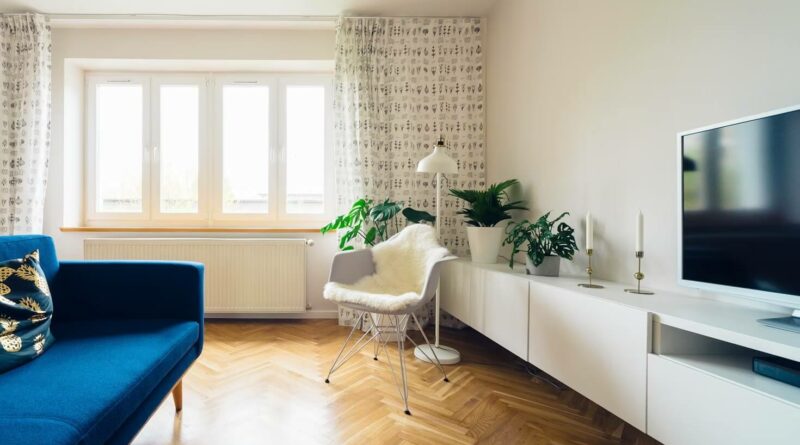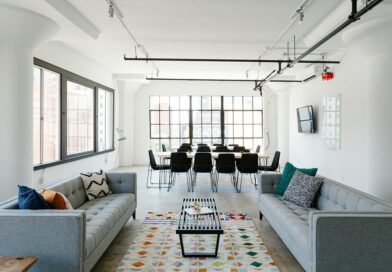Proportion spent on value clothing is very high in Hungary
Town centre managers should go back to basics to meet consumer demand as new research from global property advisor CBRE reveals that most Europeans still prefer to visit their local shops and town centres rather than buy products online or shop at out-of-town retail venues.
At a time when there is an unprecedented level of consumer access to the internet across Europe, CBRE has completed the most comprehensive and most far-reaching study of its kind, canvassing the opinions of more than 10,000 shoppers across Europe to discover how and where they shop.
The report – ‘How We Shop: Inside the Minds of Europe’s Consumers’- reveals that while online retailing continues to grow in appeal, consumers do not intend to radically change their shopping habits in the coming years and the overwhelming majority are yet to fully embrace new technology and digital tools such as QR codes. Two thirds of consumers said that price of goods, cleanliness, security and convenient access were the most important factors when choosing where to shop. Entertainment and leisure were also deemed important by a third of those surveyed and by more than half of the younger age group.
Despite competition from online and out-of-town shopping, town centres and the high street continue to be the preferred option for European consumers. As a result, the pace of change of retail fundamentals is relatively slow with the physical store continuing to play a key role in the new, multichannel world.
Key findings of the report:
· Local shops and town centres are visited most frequently for clothing shopping. 78% of Europeans choose to shop for fashion goods in town centres, rising to approximately 90% among those living in Western Europe.
§ The range of retailers and, in particular, the size of their stores and variety of goods were high up the list of consumers’ priorities.
§ Online retailing complements in-store retailing. When buying online, 64% of consumers prefer home delivery, but 85% said it was important to have access to a physical store to view/touch clothes before buying online. This proportion is even higher in Eastern European countries like Hungary or Poland.
§ Digital tools have yet to fully take hold. For example, fewer than one third of consumers in Europe have ever compared prices on their mobiles in-store or used QR codes to access websites; however, usage will increase in the future given the higher take-up today among 16 to 34 year olds.
“Convenience is still the consumer’s watchword; people like to shop locally and they want their shopping destinations to be easily accessible by car and free to park in. Out-of-town centres usually offer free parking, but town centre shopping facilities normally charge putting themselves at a distinct disadvantage.Our advice to town centre managers, shopping centres and retail investors is listen to what consumers want, concentrate on getting the basics right, and this will ultimately give you the best chance of success.” – summarized Peter Gold, Head of Cross Border EMEA Retail at CBRE.
The same values are important for the Hungarian consumers as for the average European citizens: we prefer physical stores and appreciate security and convenient access to goods.
The average Hungarian consumer basket is much more similar to the Polish or Russian one than to any Western European peer. The proportion spent on value clothing is very high In Hungary. Similarly to Poland or Russia, value retailers represent a very high (70%) of fashion spend while only 36% in Italy.
Interestingly, share of mid-market spending came the lowest in Hungary with only 9% of all fashion spends. This share is up toover 40% in UK, Benelux or Spain. This statistics is a good reflection of the two-faced Hungarian retail market- added Gábor Borbély, Head of Research and Consultancy. The two extremes, value and luxury are the most important categories – although this latter accounts for a much smaller share (under 5%). Luxury spending is by definition no mass market – it is highest in Italy with 7% of all fashion spend.”- added Borbély.
On-line sales in Hungary are also on rise but the multichannel retail is still very untypical. 85% of those who shop on-line prefer home delivery. In France or the Nordics 40% of the consumers are happy to pick up the goods in the physical stores or at the post office after ordering them on-line (multichannel retail). “When buying online, Hungarian consumers are similarly convenient as the Germans or the Polish and don’t combine the different retail channels. There is a 13% share of consumers who rely on on-line shopping only (and never visit the physical store). This is higher than in Poland or Spain but below the 23% measured in Germany or Sweden.” – added Borbély.
































